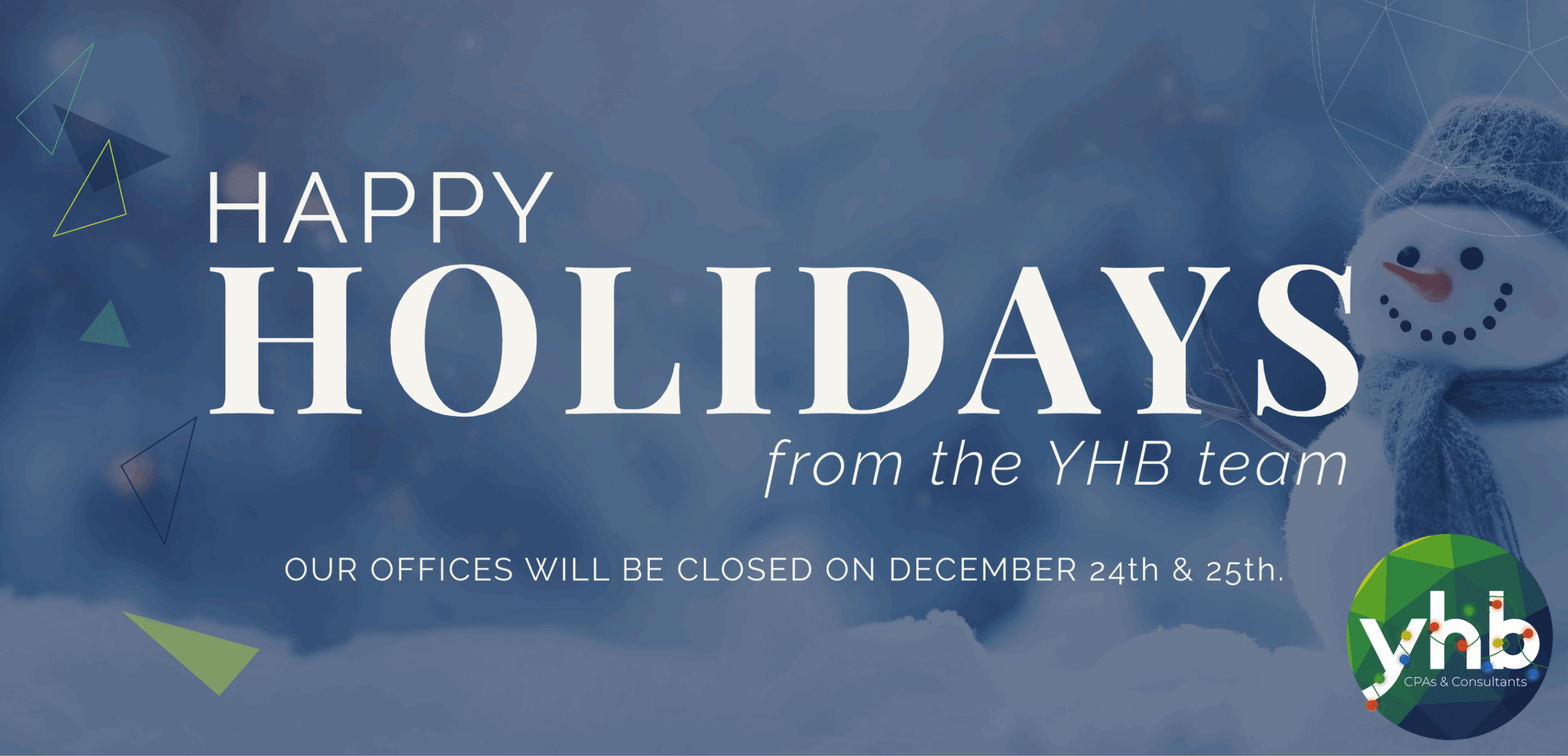The Consolidated Appropriations Act included several new relief packages for individuals and businesses. As we dissect the current bill, YHB is producing a series of in-depth analysis on the bill to help you take advantage of the bill. In this article, we will explore the second round of PPP loans.
The next set of PPP funds is available to both new time borrowers and companies who qualified for the first set of PPP funds. Similar to the first set of PPP loans, there is strict eligibility requirements a company must meet to qualify for the funds.
Qualifications
Specifically, the company must have:
- 300 or fewer employees
- Used all the proceeds of the first PPP loan (if they have not been all used, the business must plan to use all the funds)
- A 25% or more decrease in gross receipts in any 2020 quarter compared to the same quarter in 2019. (Note: there are a couple of exceptions to this requirement depending on when the business was started. If you have specific questions related to this, consult your YHB advisor)
The bill also allows non-profits classified as IRC 506(c)(6) organizations to also qualify for the PPP loan this time. There are some companies who are excluded, however. If they are a professional sports league or have more than 15 percent of their receipts from lobbying.
Loan Amounts
The amount of loans will follow a similar calculation to the first round of PPP loans. The loans are based on 2.5 times their average monthly payroll costs from the prior year. One major difference with the newest set of loans is the loan cannot exceed $2,000,000.
Some businesses can qualify for 3.5 times their average monthly payroll costs if their NAICS code begins with 72. Companies with this NAICS code is primarily in the hospitality industry such as hotels and restaurants.
Eligible Costs
The new bill has also increased the types of costs that are eligible for forgiveness. These costs include:
- Worker Protection Expenditures;
- Supplier Costs;
- Operations Expenditures;
- Property Damage Costs; and
- Additional Payroll Costs.
Worker Protection Expenditures include items that help protect employees that comply with federal, state or local government safety guidelines. For example, adding plastic sheets between the customer and cashier at a restaurant would qualify.
Supplier costs are any cost that is essential for the company. There needs to have been a contract, order or purchase order in order to qualify.
Operations expenditures include business software or cloud computing software that helps the business operate, any product or service delivery, any payroll processing, human resources, sales and billing funds or accounting for supplies, inventory and records.
Property damage costs are any cost to fix property from vandalism or looting during 2020 if the cost was not covered by insurance.
Payroll costs now also include insurance payments for group life and disability.
Deadline to Apply for the Loan
The deadline to apply for the second round of PPP loans is March 31, 2021.
Should you have any questions, contact a YHB advisor today!
Additional articles in this series:
- Congress Passes New Stimulus Bill
- New Rules Related to PPP Loan Forgiveness
- Major Changes to Meals Expense Deductions for Tax Years 2021 and 2022
- Employment Credit for Schedule C Businesses
- Additional Payroll Help from the New Stimulus Bill
- Change for Residential Rental Property Depreciation
- 2020 Tax Extenders



